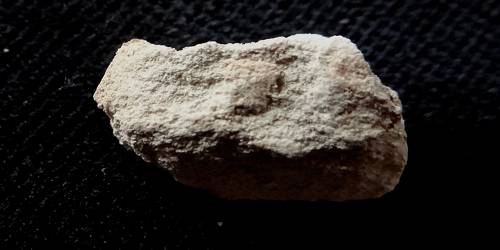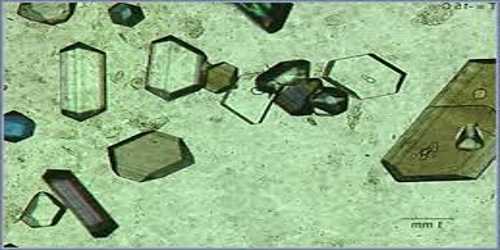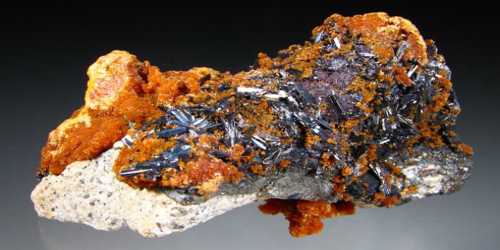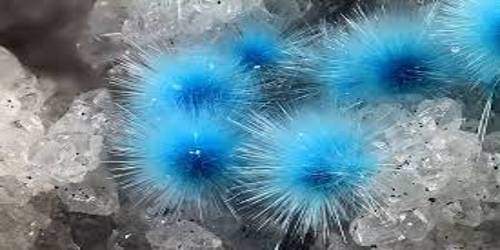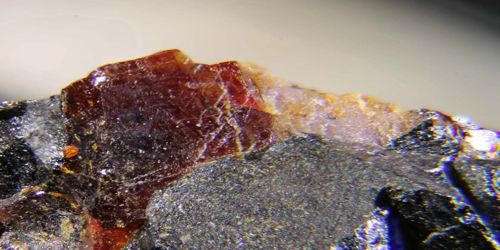Bukovskyite (also known as “clay of Kutná Hora”) is an iron arsenate sulfate mineral with formula: Fe2(AsO4)(SO4)(OH)·7H2O which forms nodules with a reniform (kidney-shaped) surface. It is an iron arsenate sulfate mineral that was first described in 1967 near Kutna Hora, Czech Republic. It was named after the Czech chemist, Antonin Bukovsky.
Bukovskyite was first described from pit heaps from the Middle Ages, where sulfate ores had been mined at Kank, north of Kutná Hora in Bohemia, Czech Republic, and other old deposits in the vicinity. Under a microscope, these nodules appear as a collection of minute needles similar to gypsum. Some can be seen with the naked eye and occur inside the nodules.
General Information
- Category: Arsenate minerals
- Formula: Fe2(AsO4)(SO4)(OH)·7H2O
- Crystal system: Triclinic
- Group: Unknown space group.
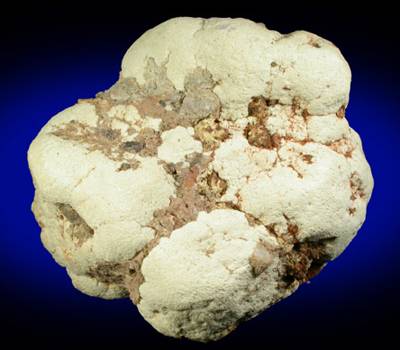
Properties of Bukovskyite
Bukovskyite can be identified as a greenish gray, orange or light yellow mineral with a yellowish white streak and vitreous luster. The mineral exhibits earthy fractures and can be formed as needle-like crystals or fibrous structures. The density of the mineral is 2.34 g/cm3 and its hardness is 5.
- Cleavage: None
- Color: Light yellow, Orange, Greenish gray.
- Density: 2.34
- Fracture: Earthy – Dull, clay-like fractures with no visible crystalline affinities, (e.g. howlite).
- Habit: Acicular – Occurs as needle-like crystals.
- Habit: Fibrous – Crystals made up of fibers.
- Habit: Nodular – Tuberose forms having irregular protuberances over the surface.
- Hardness: 5 – Apatite
- Luster: Vitreous – Dull
- Streak: yellowish white
Occurrence
Bukovskyite occurs as a post-mining surficial weathering product of Fe–As sulfides. It is closely associated with quartz, pyrite, and arsenopyrite.
Bukovskyite was collected a long time ago from the overgrown pit heaps by the inhabitants of Kutná Hora. It was used for poisoning fieldmice and other field vermin. This poisonous clay, known also by the place name as “clay of Kutná Hora”‘, was widely known and it was considered to be ‘arsenic’ (arsenic trioxide). In 1901 Antonín Bukovský (1865–1950), a Czech chemist, who studied minerals of old pit heaps, proved it was an arsenate.
Information Source:
